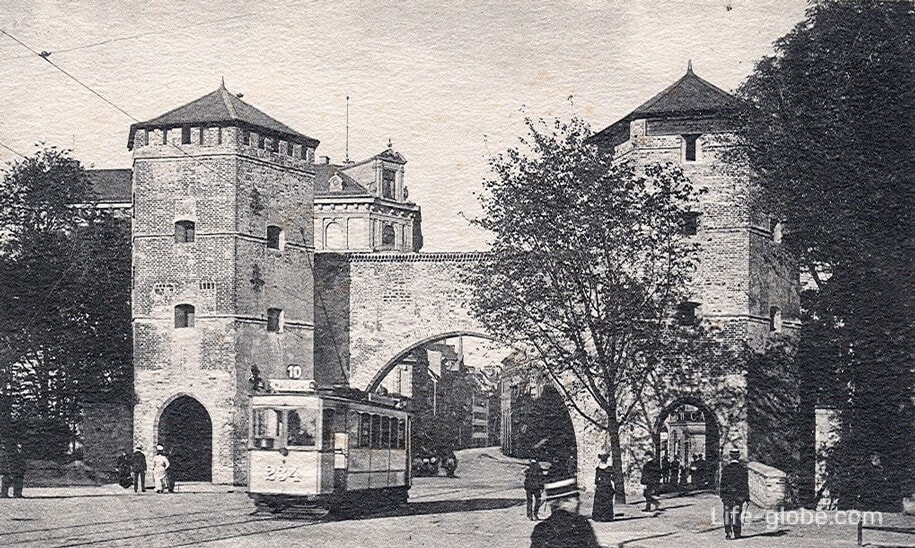
Sendlinger gate (German title: Sendlinger Tor) - one of three surviving city gates of Munich, originally part of the second city defensive system.
The other two gates: Isartor gate and the pedestrian gate.
Today, the Sendling Gate is a historical monument and one of the symbols that marks the entrance to Munich's Old Town. They separate Munich's Old Town from the Ludwigsvorstadt-Isarvorstadt district.
Gate is located in the eponymous square, in the southern part of the old town, at the end of the street Sendlinger straße underground station (Sendlinger Str.), which, in turn, is one of the main streets of the old part of Munich and leads to the Central square of the city - Marienplatz.
The area near the gate is a pedestrian zone. On the eve of Christmas and New year around the Sendlinger tor gate operates a small and cosy Christmas market where they sell drink, including warming mulled wine, food (sausages, burgers, cabbage, etc), snacks, sweets and Souvenirs.
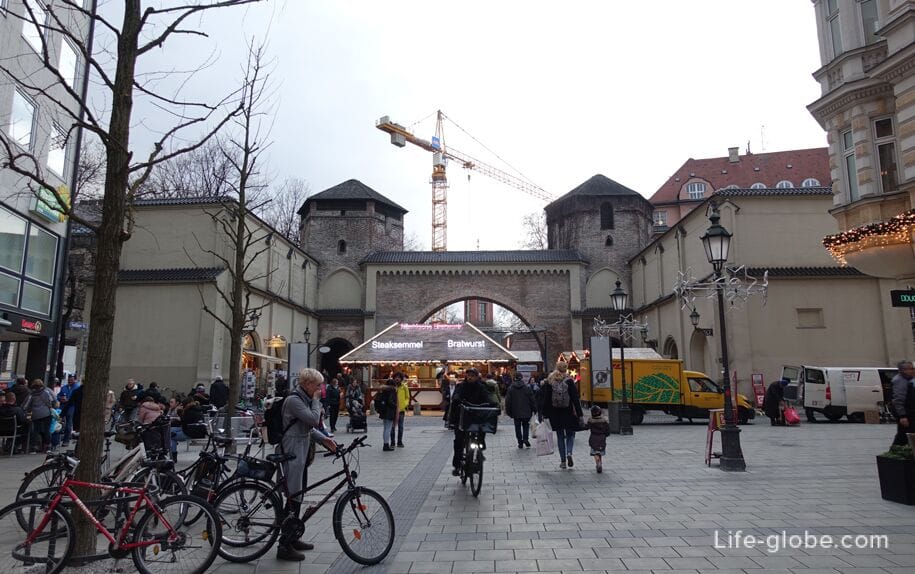

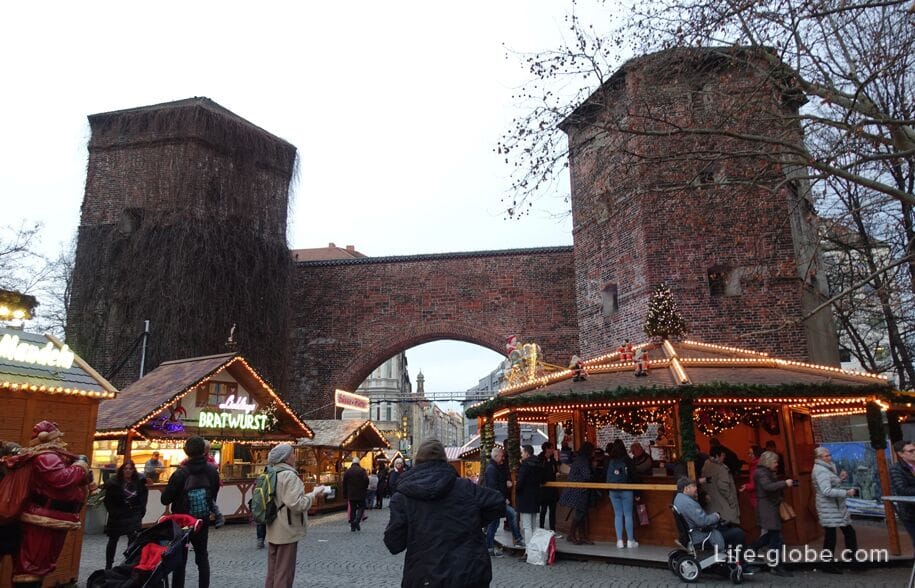
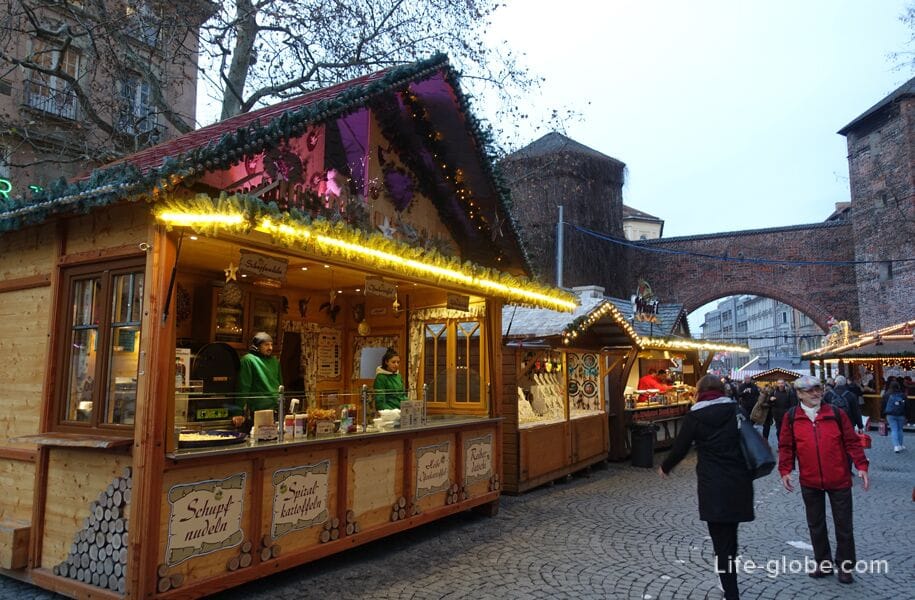


Square gate Sendlinger tor (Sendlinger-Tor-Platz), on which the gate is located, is an important hub of public transport in the city, where there are tram and bus stops and metro station U-Bahn.
The center of the square decorated with a fountain. Around the area is remarkable: the cinema Filmtheater Sendlinger Tor, which has more than 100 years (founded in 1913) and the Evangelical Church of St. Matthew (Lutheran Church of St. Matthew).

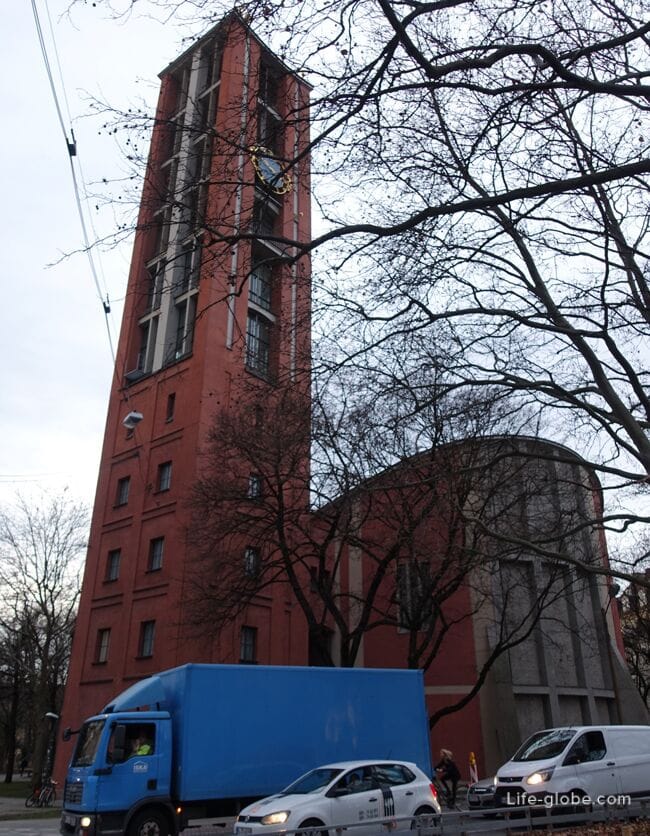
Sendlinger tor, together with other fortifications, were built by order of Ludwig der Bavaria in the period between 1285 and 1337 years. Originally the gate was a building consisting only of the Central tower - a distinctive style to the city gates of Munich in that period.
In 1318 the gate is first mentioned as a starting point for the way to Italy.
In 1420, the gate was added in one of two flank (side) towers.
The middle (Central) tower was demolished in 1808. In 1860, Arnold Zenetti restored preserved two flanking towers, the inner wall and three entrance gates.
In 1906, due to the development of the transport network - through the gate poholodeli tram tracks, the gates were replaced by a large Central arch and through the side of the tower took place arched passageways.
During the Second world war, the gate was damaged. In 1980 he was finally restored.
Photo of the gate, about 1805

Photo gate to 1906
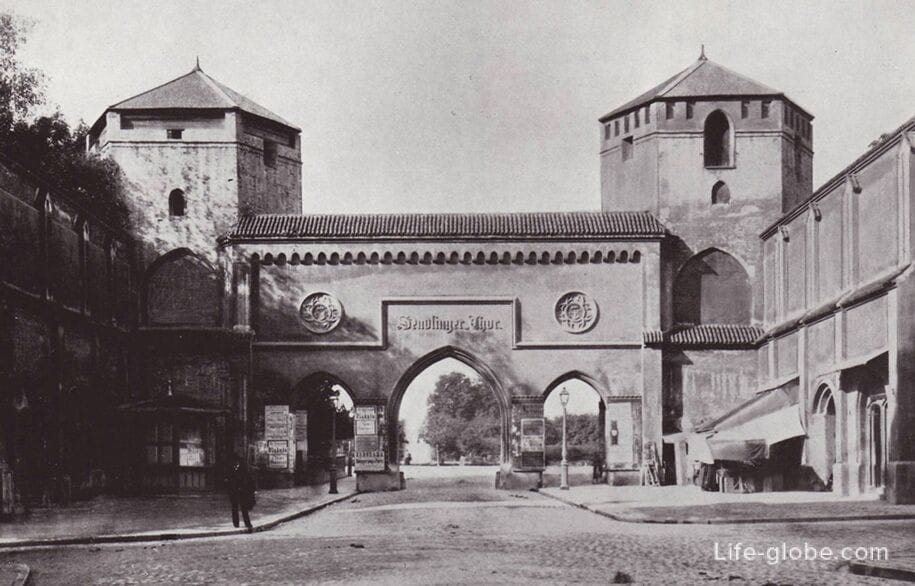
Photo gates, 1918
